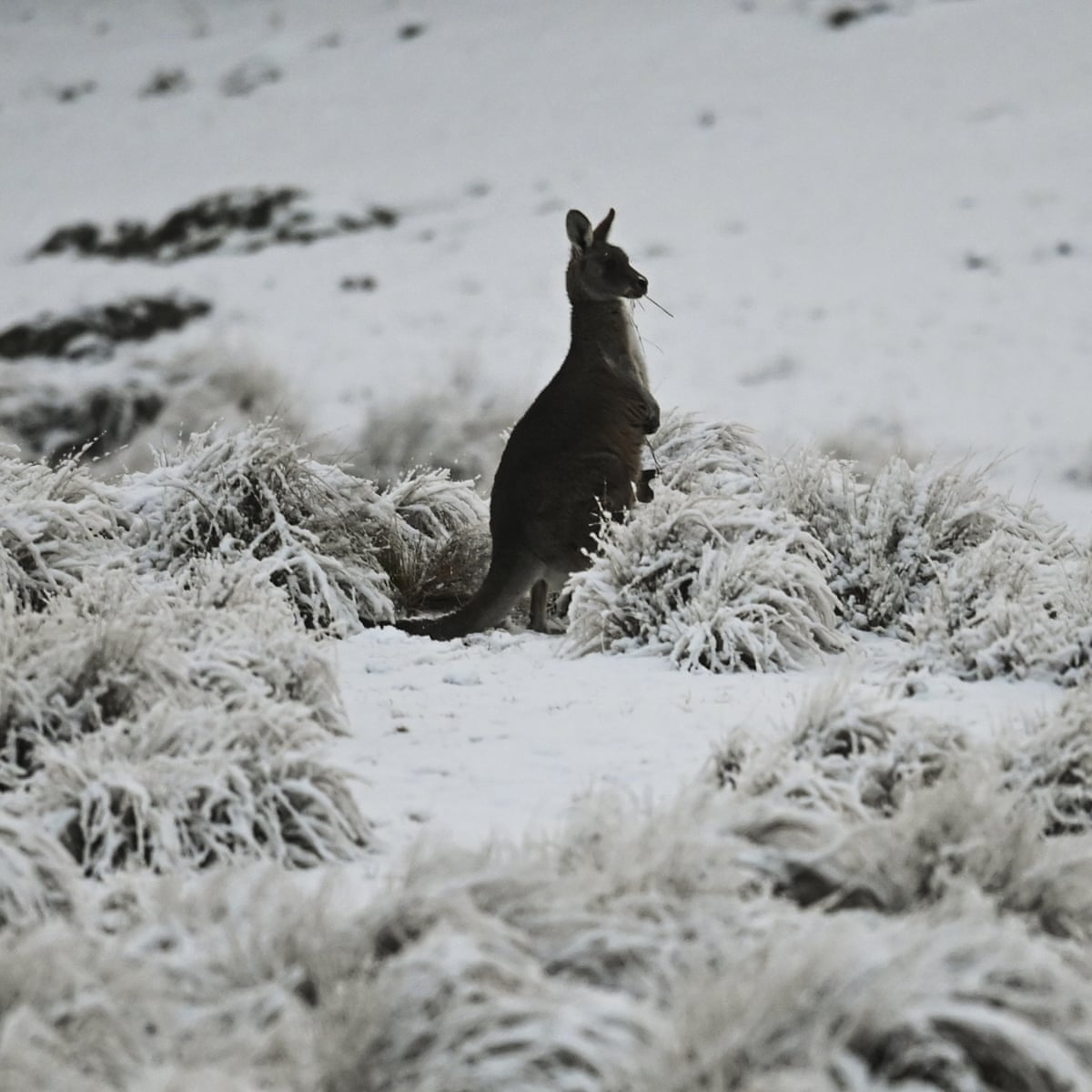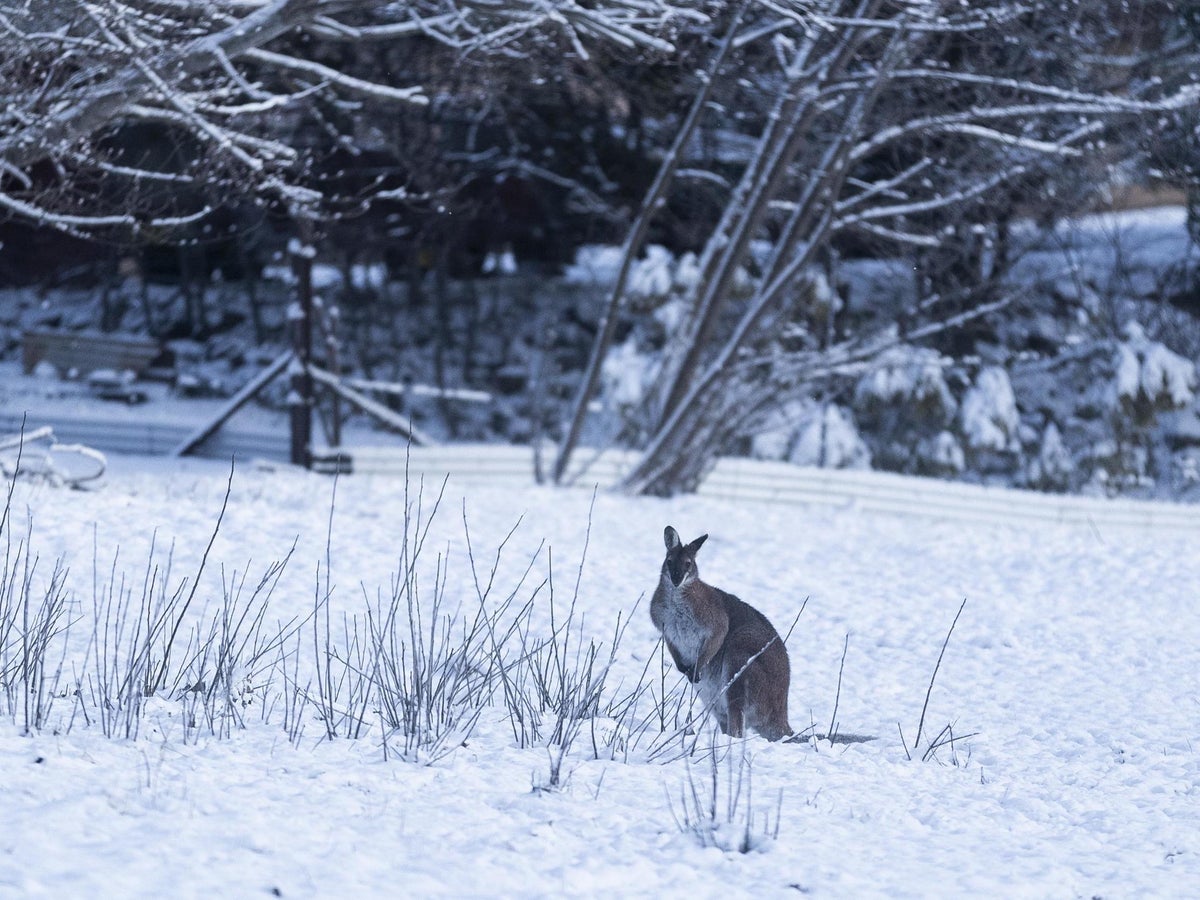The Various Kinds of Snow in Australia and Their Influence On Winter Months Sports
Australia, understood for its sun-soaked beaches, is additionally home to a diverse array of snow conditions that dramatically affect winter months sporting activities. The following exploration will certainly talk about the implications of these snow types on wintertime sporting activities efficiency.

Understanding the Features of Different Snow Kinds
While several presume that snow is a homogeneous entity, it is vital to comprehend that there are different kinds, each with one-of-a-kind attributes. In Australia, these variations are especially noticable because of climatic diversity. Coastal snow, discovered in locations such as the Snowy Mountains, is typically wetter and denser due to high wetness content, making it excellent for snowball fights or constructing snowmen. On the various other hand, the snow located in the interior areas like the Australian Alps is drier and lighter, usually compared to a fluffy powder. These differences in snow kind aren't simply visual; they dramatically effect winter months sports, dictating the simplicity of motion, the speed possible, and the degree of control required from athletes.
The Impacts of Powder Snow on Snowboarding and Snowboarding
In spite of its light and cosy appearance, powder snow in the Australian Alps presents both distinct difficulties and possibilities for wintertime sporting activities fanatics, specifically those taken part in snowboarding and snowboarding. The loose, completely dry nature of powder snow can originally be tough to navigate for beginners, calling for careful balance and control. For more seasoned experts, the soft, untracked snow supplies an exciting experience, permitting for dynamic and nimble activity - Does Australia Get Snow. The forgiving and smooth surface area of powder snow additionally reduces risk of injury throughout drops, making it a recommended choice for extreme winter season sports. Yet, it's worth noting, the varying depth and unpredictable nature of powder can in some cases bring about surprise barriers, requiring constant watchfulness.

The Difficulties and Benefits of Jam-packed Snow in Winter Season Sports
Shifting focus from the loosened, dry powder snow, an additional common type of snow in the Australian Alps is packed snow, positioning its own set of challenges and advantages in the realm of wintertime sports. Browsing turns and managing speed can be difficult on stuffed snow, requiring greater skill levels from athletes. Despite these difficulties, loaded snow remains a crucial element in many winter months sports, shaping the performance and strategies of professional athletes.
The Duty of Damp Snow in Australian Winter Games
As opposed to the dense, slick surface area of packed snow, wet snow plays a completely various function in Australian wintertime games. Characterised by its high moisture material, wet snow affects the speed and control of wintertime sporting activities participants. Its hefty, sticky nature can be testing for professional athletes, specifically in snowboarding and snowboarding where rate and manoeuvrability are important. Its malleability makes it excellent for snow sculpting occasions and for fortifying snow structures in sports like snow ft fights. Despite its pitfalls, damp snow presents a special dynamic to wintertime games in Australia, testing professional athletes' versatility and durability, and working as a pointer of the diverse weather they must be prepared visit the site to deal with.

Just How Slushy Snow Affects Winter Months Sports Efficiency
Proceeding the exploration of varying snow conditions in Australia, the influence of slushy snow on winter months sporting activities is another fascinating factor. Slushy snow, resulting from warmer temperature levels or direct sunlight, poses distinct difficulties to professional athletes. Hence, slushy snow changes the wintertime sports landscape, requiring not just increased physical effort from professional athletes yet also a better emphasis on safety precautions.
Adjusting Winter Season Sports Techniques to Different Snow Conditions

Verdict
To conclude, Australia's diverse snow kinds considerably affect winter sports performance. Each type, from the glossy seaside snow to the drier interior you could try these out powder and the heavy, sticky damp snow, presents one-of-a-kind obstacles and advantages. Hence, professional athletes must adjust their methods to navigate these differing conditions efficiently. The snow's formative role emphasizes the relevance of understanding its qualities to optimize efficiency and safety and security in Australia's winter sports landscape.
Moving emphasis from the loosened, dry powder snow, one more widespread type of snow in the Australian Alps is jam-packed snow, presenting its own set of difficulties and benefits in the world of winter season sports - Snow In Australia.In contrast to the dense, slick surface area of packed snow, damp snow plays an entirely various function in Australian wintertime games. Its pliability makes it optimal for snow sculpting occasions and for strengthening snow structures in sporting activities like snow ft fights.Continuing the exploration of varying snow problems in Australia, the influence of slushy snow on wintertime sports is another appealing factor. Each type, from the slick seaside snow to the drier indoor powder and the heavy, sticky wet snow, provides one-of-a-kind challenges and advantages